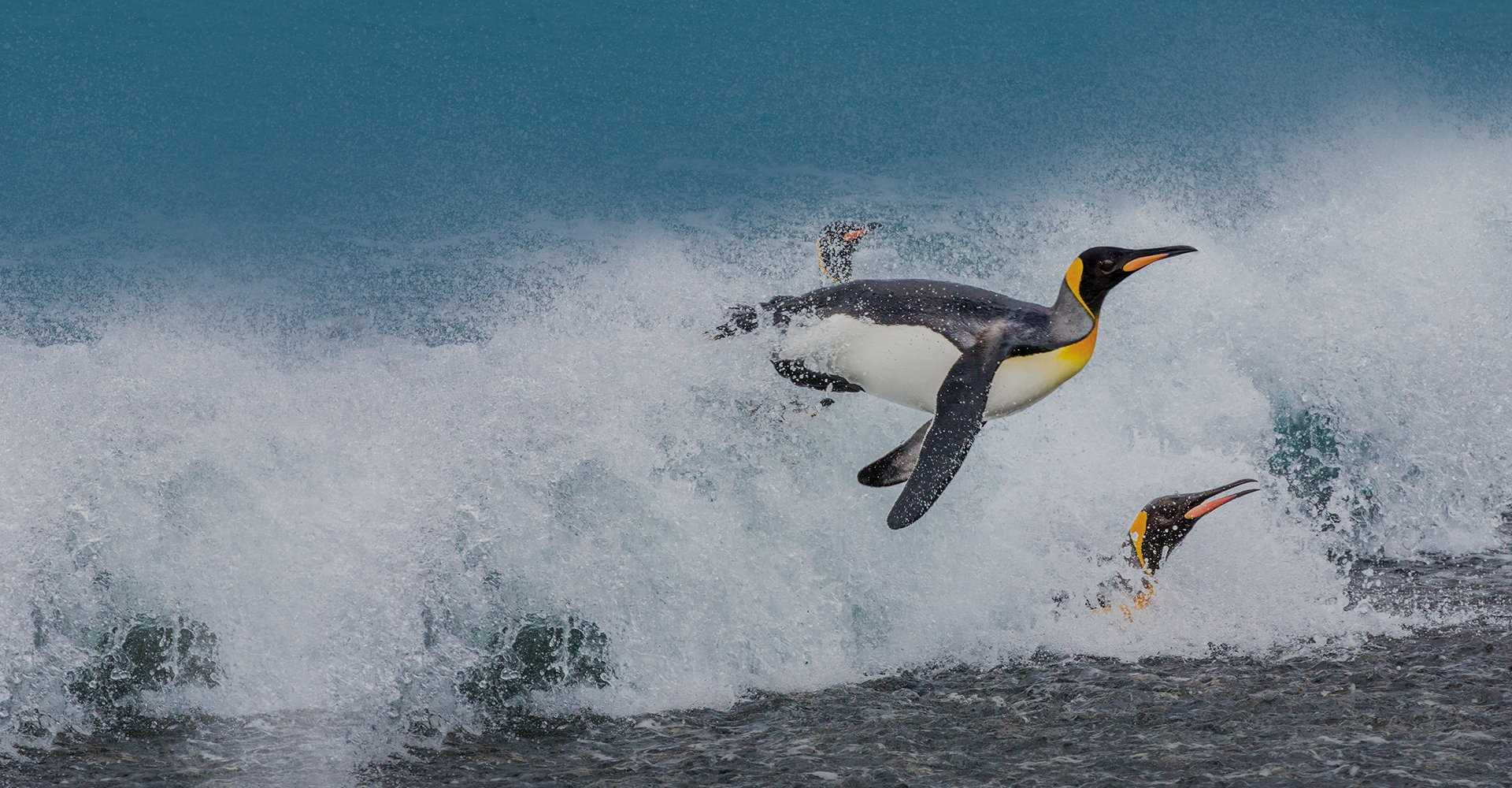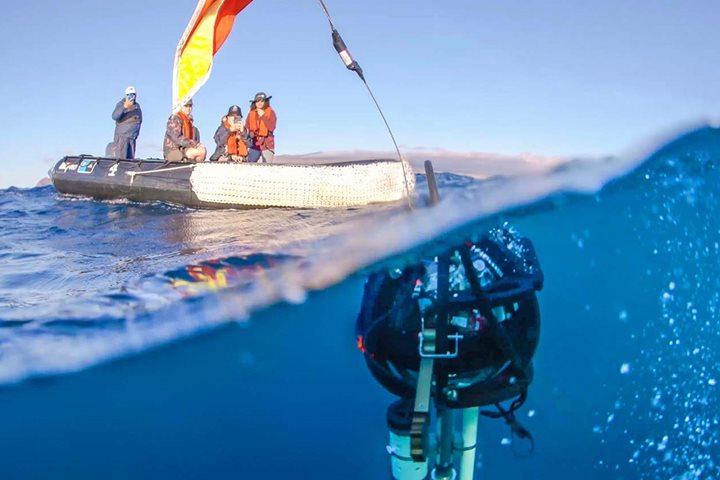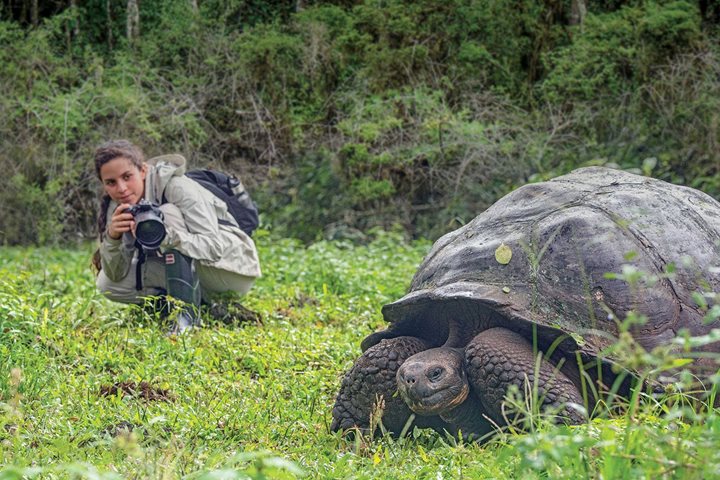CallTest +1.800.397.3348
Get to know this subantarctic icon
Order: Sphenisciformes
Family: Spheniscidae
Genus: Aptenodytes
Species: A. patagonicus
Range: The Falklands, South Georgia & other subantarctic islands. Found gathering in dense colonies on beaches and in valleys and moraines free of snow and ice
Population: Estimated 1.7-2.2 million breeding pairs
IUCN Red List Status: Least concern
How to Spot Them: Vivid orange, inverted teardrop-shaped patches on cheeks; yellow-orange throat patch; black head & silvery gray back; long, curved beaks—the longest of all the penguins; adults can reach 36 inches tall and 37 pounds.

Discover fun facts about king penguins.
Read more
Nothing can quite prepare you for the soul-stirring experience of coming ashore on South Georgia and seeing tens of thousands of stately king penguins all on a single beach. The most striking and brilliantly colored of the penguins, kings are second in size to their close relative, the emperor. However, before explorers made it to Antarctica, king penguins were thought to be the largest of the species which is how they ended up with their royal moniker. Get Inspired by Photos, Videos, Webinars, Stories, and Exclusive Offers. Sign Up
Since they breed on subantarctic islands and not sea ice, king penguins can spread their breeding season over a much longer time and spend a lot more time raising their chicks. Covered in fluffy brown plumage until about a year old, chicks look remarkably different from their parents. Sailors christened them ‘oakum boys’—the brown down brought to mind the color of oakum, a rope-like material used to caulk timbers on sailing ships.
Watch the video above to learn more about these regal birds.




